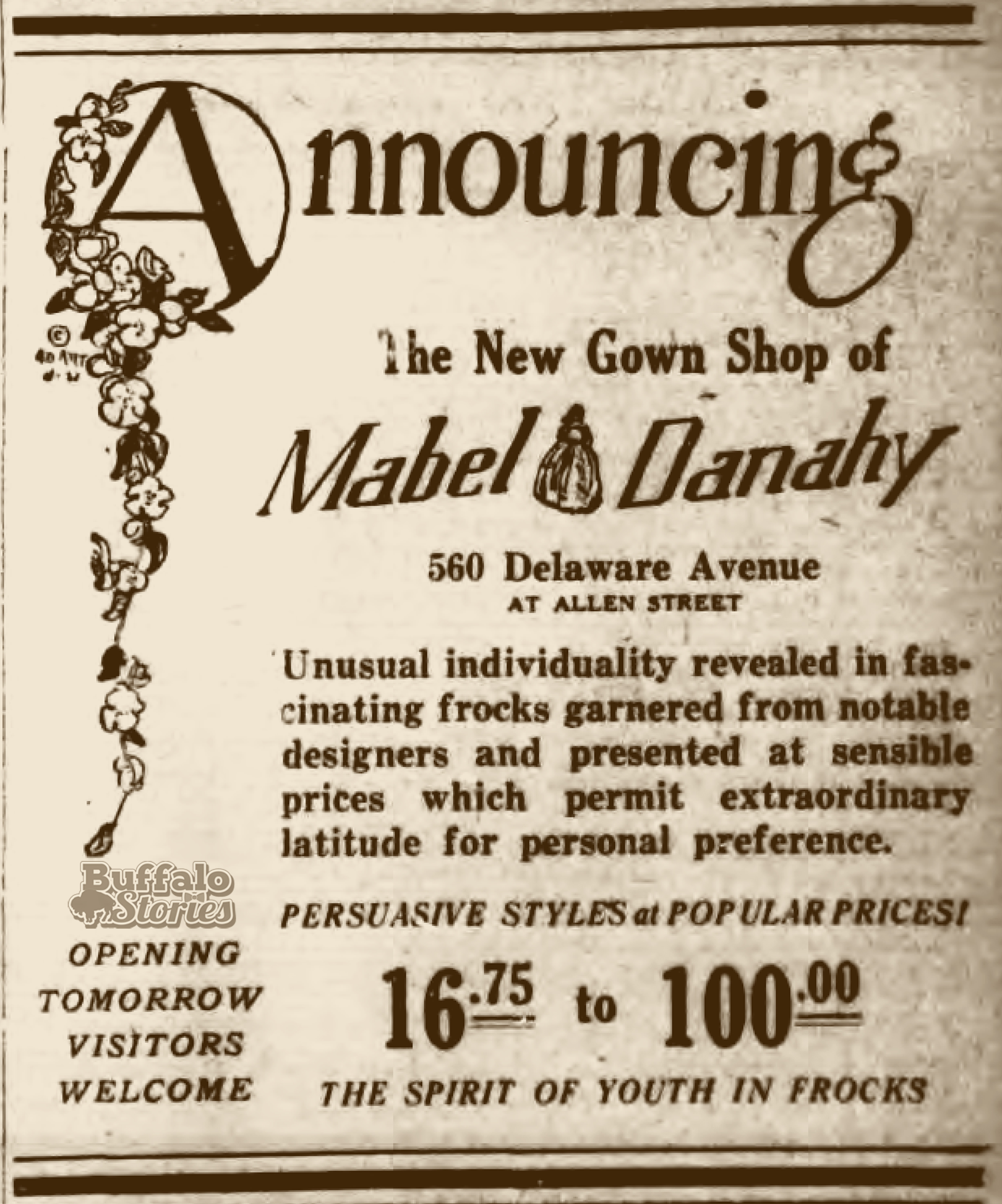 By Steve Cichon
By Steve Cichon
steve@buffalostories.com
@stevebuffalo
Nationwide controversy erupted when the pornographic film industry took a step toward legitimate films with the release of “Deep Throat” in 1973.
Unlike previous adult flicks, this one featured a plot along with actual attempts at acting and cinematic values.
According to an Associated Press account, the film was “sneaked into Buffalo” one weekend in the fall of 1973 and played at the Allendale Theatre on Allen Street. That Monday, State Supreme Justice Theodore Kaiser viewed the film, along with co-feature “When the West Was Fun,” and ordered the films seized and the theater manager, 73-year-old Benjamin Solomon, arrested and charged with violating obscenity laws.
That weekend, as word spread of the controversial film being shown in Buffalo, a Channel 2 news crew set up outside the Allentown theater to talk with people on their way into watch the movie. When Solomon saw this, he bolted from the ticket booth wildly swinging at reporter Susan King and cameraman Steven Cocklin with a hammer hatchet.

He tried to hit King and missed. King, who was Buffalo’s first female television news anchor after coming to WGR-TV in 1972, filed a report with police and Solomon was charged with menacing and harassment on top of the obscenity charges.
First as the local news anchor during the “Today” show, then as a featured reporter and weekend evening news anchor, King had quickly become one of Buffalo’s favorite television personalities in only about two years in Buffalo. She also spent several months as the primary weekday anchor at Channel 2 after Ron Hunter left the anchor chair. She received widespread critical acclaim, but was ultimately replaced by Rich Kellman.

Buffalo Stories archives
At the time, there were wasn’t a television station in the country that employed a permanent, solo female news anchor. Channel 2 and King weren’t bound to be the team to cross that historic threshold, but there was no disappointment in an interview with The News.
“I can’t say that they lead me on,” King told The News in 1974. “It was a wild summer and I learned a lot,” she said, making reference to Watergate and Richard Nixon’s resignation, all which came during her time in the anchor chair.

Buffalo News archives
Within a few months, King went from Buffalo to a station in Washington, D.C., before moving to ABC as a White House Correspondent.
Susan King is now the Dean of the UNC School of Media and Journalism in Chapel Hill, NC.
As for “Deep Throat,” in the end, the owners of the Allendale were fined $3,000 for showing the film. Theater manager Solomon admitted to swinging the axe at King, pleaded guilty, and was given a suspended sentence. The 103-year-old Allendale Theatre is now the home of the nonprofit Theatre of Youth Company.
Controversy erupted again in Buffalo the following summer when the Granada Theatre on Main Street in University Heights started showing “The One and Only Throat.” A judge put a ban on the showing of the film under that name as well — but not before ads made it into papers around Western New York.

Buffalo Stories archives
 By Steve Cichon
By Steve Cichon

















